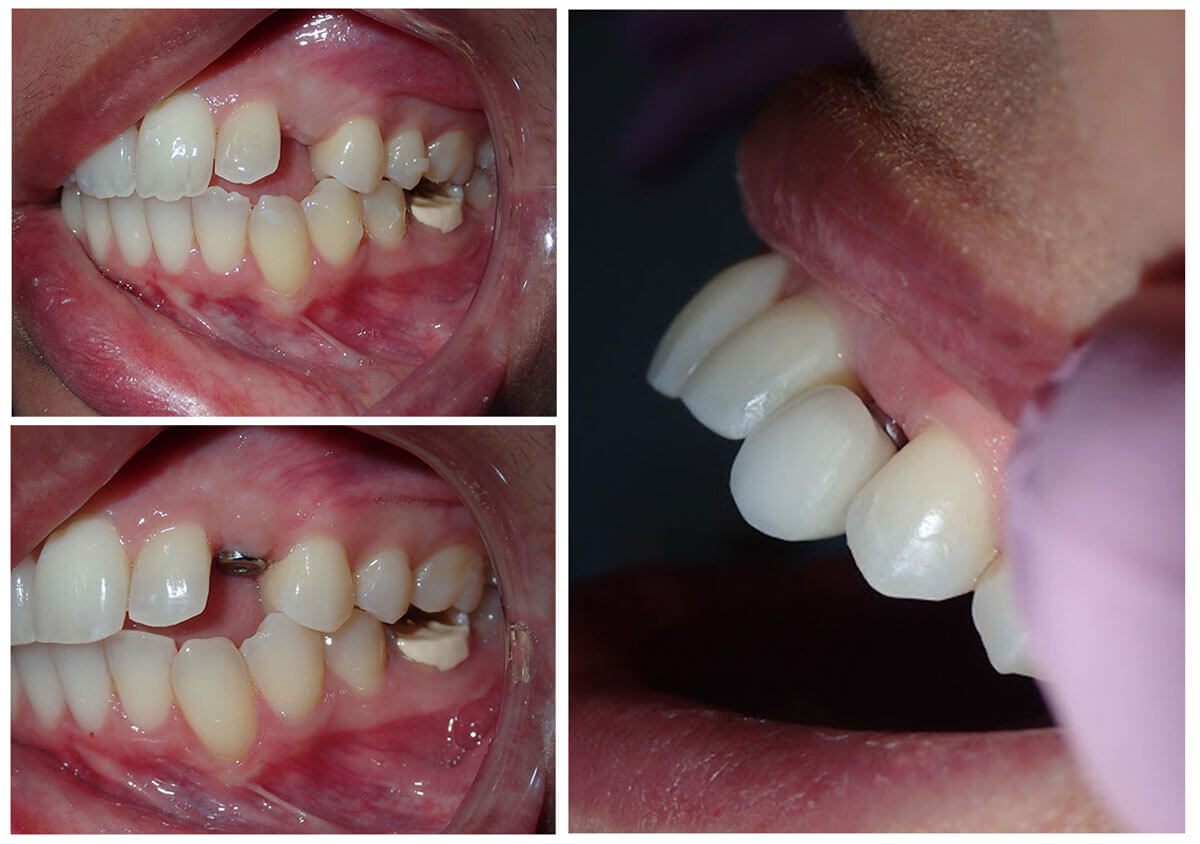The Main Principles Of Dental Implants
The Main Principles Of Dental Implants
Blog Article
More About Dental Implants
Table of ContentsEverything about Dental ImplantsWhat Does Dental Implants Do?All About Dental ImplantsGet This Report about Dental Implants
are medical tools operatively dental implanted into the jaw to recover an individual's ability to chew or their look. They provide support for artificial (phony) teeth, such as crowns, bridges, or dentures. When a tooth is lost due to injury or disease, an individual can experience issues such as quick bone loss, malfunctioning speech, or adjustments to chewing patterns that cause pain.
Framework of The Oral Implant System picking oral implants, talk to your dental company about the potential advantages and dangers, and whether you are a prospect for the treatment. Things to take into consideration: Your total health and wellness is an essential element in establishing whether you are an excellent candidate for oral implants, how much time it will certainly require to recover, and how much time the implant might remain in location.
Cigarette smoking may influence the healing procedure and lower the lasting success of the implant. The recovery procedure for the implant body might take several months or longer, during which time you commonly have a short-lived joint in location of the tooth. the dental implant procedure: Carefully follow the dental health guidelines offered to you by your dental copyright.
Dental Implants Things To Know Before You Buy
Implant failure can result in the need for another procedure to take care of or replace the implant system. Restores the capability to chew Brings back aesthetic look Aids maintain the jawbone from reducing as a result of bone loss Protects the health of the bordering bone and periodontals Aids keep adjacent (close-by) teeth steady Improves top quality of life Damages to surrounding natural teeth during implant placement Injury to the surrounding tissues during surgical treatment, such as sinus perforation Injury throughout surgery (for instance, crack of surrounding jawbone) Poor feature, such as seeming like the teeth do not attack together usually A sensation that the tooth is loose or twisting in place resulting from a joint screw loosening Implant body failing (looseness of the implant body) due to systemic infection, which may be more probable in individuals with unrestrained diabetes as a result of regional infection in bone and gum tissues supporting the dental implant body as a result of delayed healing, which might be a lot more most likely in patients who smoke Problem cleansing the gum tissues around the dental implant, resulting in inadequate dental health Untreated gum condition Post-surgical pins and needles as a result of nerve impingement or damages Always inform wellness treatment suppliers and imaging professionals that you have oral implants before any magnetic resonance imaging (MRI) or x-ray treatments.
FDA is not knowledgeable about any type of unfavorable occasions reported for MRI or x-ray treatments with oral implants. Dental implants systems are typically made from products that comply with international agreement requirements of the International Organization for Standardization (ISO) or ASTM International. These standards have information of what makes a safe material.
Dental dental implant systems are assessed according to worldwide agreement requirements. Biocompatibility testing, to reveal that bodily call with the gadget does not cause complications like irritability or sensitive reaction, is component of the analysis that aids guarantee the materials in the oral implant system are risk-free and do not trigger damaging impacts when implanted in people.

Not known Factual Statements About Dental Implants
Some people are not eligible for dental implant surgical procedure. It is for dental specialists to operate individuals with: look these up intense illnessuncontrollable metabolic diseasebone or soft cells condition or infectionIf these concerns are dealt with, a person can have the surgery. Dental Implants. In, oral cosmetic surgeons refrain from operating on individuals with: If people with any of the above undertake you could try these out oral implant surgical procedure, there is a greater risk of the implant falling short
Some people have a jawbone abnormality that stops sufficient bone for an implant from establishing. In such cases, a doctor might require to do a ridge modification. This entails lifting the gum to reveal the location of flawed bone. The surgeon will after that make use of a bone or bone substitute to fix and develop up the area.
Dental dental implant surgery is an individualized process. Give you time to recover. Affix the article and last crown, bridge or denture.
Next off, your cosmetic surgeon will carefully place the dental implant into your jaw. Finally, your specialist will rearrange your periodontals and shut the incision with stitches. If your implant is near the front of your mouth, your dental practitioner will make a short-term tooth for you to put on until you recover. In this way, you won't have a space in your smile while you recover.
The Of Dental Implants
Throughout the healing stage, your jawbone needs to fuse to the oral implant. This procedure can take anywhere from 3 to 9 months.
As soon as your implant heals, your dental expert can attach the joint (tiny adapter article) and your final remediation (crown, bridge or denture). This normally takes concerning one hour to complete and may require a 2nd small surgical procedure. You should not feel any discomfort throughout your oral implant procedure since hop over to here your provider will make use of drug to numb your gums.
Report this page